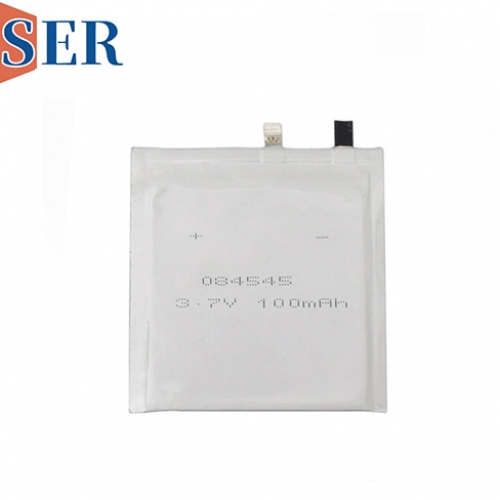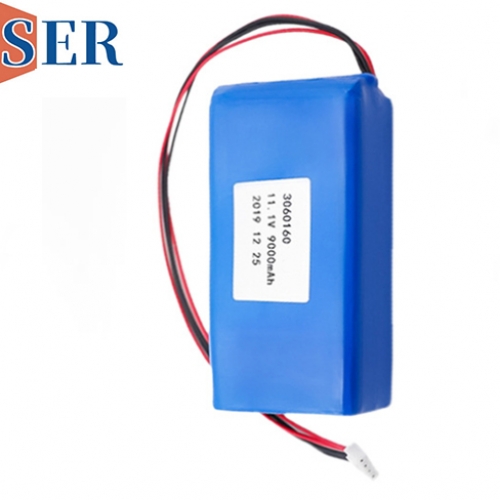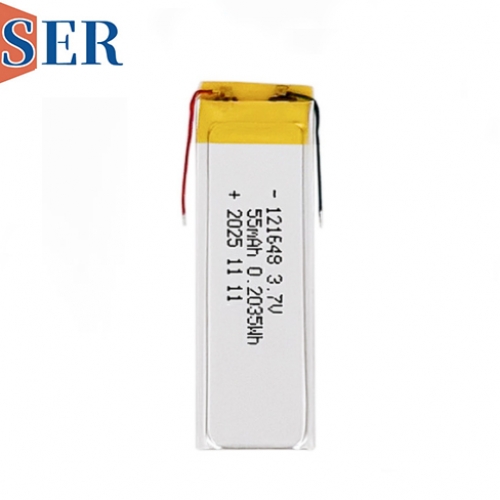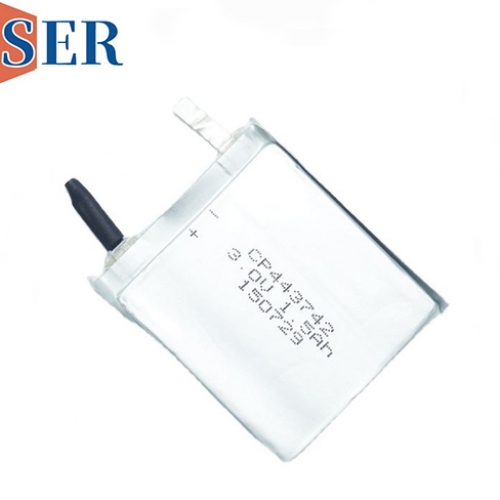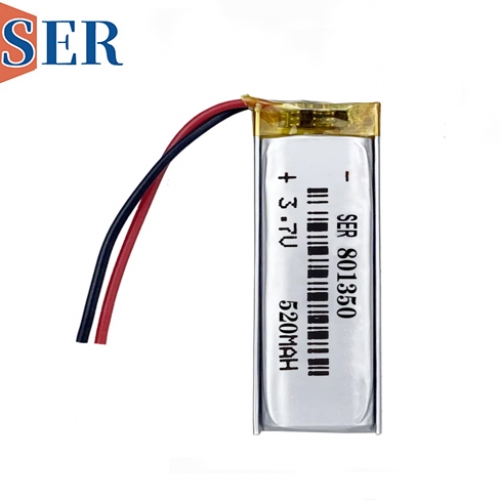Primary Li-MnO2 Soft Batteries Flexible LiMNO2 battery ultra thin battery non-rechargeable and 3.0V lithium pouch cell for IoT tracking device with MCU and LTE/GPS module
Ultra thin Li-MnO2 Primary Batteries: The Optimal Power Solution for IoT Tracking Devices with MCU and LTE/GPS Modules

Abstract
In the rapidly evolving landscape of the Internet of Things (IoT), tracking devices have emerged as a crucial component, enabling real-time monitoring and location tracking of assets, people, and animals. These devices, equipped with Microcontroller Units (MCUs) and Long-Term Evolution/Global Positioning System (LTE/GPS) modules, demand reliable and long-lasting power sources to ensure uninterrupted operation. Among the various battery options available, Li-MnO2 primary batteries, including soft batteries and flexible variants, stand out as an ideal choice due to their unique characteristics and performance advantages. This article delves into the features, benefits, and applications of Li-MnO2 primary batteries in IoT tracking devices with MCU and LTE/GPS modules, highlighting their role in enhancing device functionality and reliability.
1. Introduction
The IoT has revolutionized the way we interact with the world around us, connecting devices and enabling seamless data exchange. Tracking devices, in particular, have found widespread applications across industries such as logistics, transportation, healthcare, and agriculture. These devices rely on a combination of MCUs for intelligent control and LTE/GPS modules for accurate positioning and communication. To ensure the smooth operation of these components, a reliable and efficient power source is essential. Li-MnO2 primary batteries, with their high energy density, stable voltage output, and long shelf life, have become a preferred choice for powering IoT tracking devices.
2. Overview of Li-MnO2 Battery
2.1 Chemical Composition and Working Principle
Li-MnO2 primary batteries are a type of lithium-based primary battery that utilizes lithium (Li) as the anode and manganese dioxide (MnO2) as the cathode. During discharge, lithium ions (Li+) are released from the anode and migrate through the electrolyte to the cathode, where they react with manganese dioxide to form lithium manganate (LiMn2O4). This electrochemical reaction generates an electric current that can be harnessed to power electronic devices.
2.2 Types of Li-MnO2 Primary Batteries
Li-MnO2 Soft Batteries: These batteries feature a flexible and soft packaging, which allows them to conform to various shapes and sizes. Soft batteries are ideal for applications where space is limited or where a non-rigid power source is required, such as in wearable devices or flexible electronics.
Flexible Li-MnO2 Batteries: Building on the concept of soft batteries, flexible Li-MnO2 batteries take flexibility to the next level. They can be bent, twisted, and even stretched without compromising their performance, making them suitable for emerging applications like electronic skin and smart textiles.
Ultra-Thin Battery Non-Rechargeable: As the name suggests, ultra-thin Li-MnO2 batteries are designed to be extremely thin, often less than a few millimeters in thickness. These batteries are perfect for miniature IoT devices where size and weight are critical factors, such as in medical implants or small tracking tags.
3.0V Lithium Pouch Cell: The 3.0V lithium pouch cell is a specific type of Li-MnO2 primary battery that is packaged in a pouch format. This design offers several advantages, including high energy density, low internal resistance, and excellent leak resistance. The pouch cell is well-suited for IoT tracking devices that require a compact and reliable power source.
3. Advantages of Li-MnO2 Primary Batteries for IoT Tracking Devices
3.1 High Energy Density
One of the most significant advantages of Li-MnO2 primary batteries is their high energy density. This means that they can store a large amount of energy in a relatively small and lightweight package. For IoT tracking devices, which often have limited space for battery installation, high energy density is crucial as it allows for longer operating times without the need for frequent battery replacements.
3.2 Stable Voltage Output
Li-MnO2 primary batteries provide a stable voltage output throughout their discharge cycle. This is particularly important for IoT tracking devices with MCU and LTE/GPS modules, as these components require a consistent power supply to function properly. A stable voltage ensures that the device can maintain accurate positioning and reliable communication, even during extended periods of operation.
3.3 Long Shelf Life
Another key benefit of Li-MnO2 primary batteries is their long shelf life. These batteries can be stored for several years without significant loss of capacity, making them ideal for applications where the device may not be used frequently or where long-term storage is required. For example, in emergency tracking devices or assets that are only occasionally monitored, a long shelf life ensures that the battery is ready to use when needed.
3.4 Wide Operating Temperature Range
Li-MnO2 primary batteries can operate over a wide temperature range, typically from -20°C to +60°C or even wider in some cases. This makes them suitable for use in various environments, including extreme cold or hot conditions. IoT tracking devices used in outdoor applications, such as wildlife tracking or vehicle monitoring, can benefit from this wide temperature tolerance, ensuring reliable performance in all weather conditions.
3.5 Safety and Reliability
Li-MnO2 primary batteries are known for their safety and reliability. They are less prone to leakage, thermal runaway, and other safety issues compared to some other battery chemistries. This is crucial for IoT tracking devices, as any battery failure could result in the loss of valuable data or the inability to track the device. The inherent safety features of Li-MnO2 primary batteries provide peace of mind to users and ensure the continuous operation of the tracking device.
4. Applications of Li-MnO2 Primary Batteries in IoT Tracking Devices
4.1 Asset Tracking
In the logistics and transportation industry, asset tracking is essential for monitoring the movement and location of goods throughout the supply chain. IoT tracking devices powered by Li-MnO2 primary batteries can be attached to pallets, containers, or individual products to provide real-time visibility into their whereabouts. The high energy density and long shelf life of these batteries ensure that the tracking device can operate for extended periods without maintenance, reducing costs and improving efficiency.
4.2 Vehicle Tracking
Vehicle tracking is another important application of IoT tracking devices. Whether it's for fleet management, theft prevention, or usage monitoring, Li-MnO2 primary batteries can power tracking devices installed in cars, trucks, or motorcycles. The stable voltage output and wide operating temperature range of these batteries ensure that the tracking device can accurately record and transmit vehicle location and other relevant data, even in harsh driving conditions.
4.3 Personal Tracking
For personal safety and security, IoT tracking devices can be used to monitor the location of individuals, such as children, elderly people, or outdoor enthusiasts. Li-MnO2 primary batteries, especially the ultra-thin and flexible variants, can be integrated into wearable devices like wristbands or pendants, providing a discreet and reliable power source. In case of an emergency, the tracking device can send an alert with the user's location to designated contacts, ensuring prompt assistance.
4.4 Wildlife Tracking
Researchers and conservationists often use IoT tracking devices to study the behavior and migration patterns of wildlife. These devices need to be lightweight, durable, and have a long battery life to minimize the impact on the animals and ensure continuous data collection. Li-MnO2 primary batteries, with their high energy density and long shelf life, are well-suited for this application, allowing researchers to track wildlife over extended periods and gain valuable insights into their ecosystems.
5. Conclusion
Li-MnO2 primary batteries, including soft batteries, flexible variants, ultra-thin batteries, and 3.0V lithium pouch cells, offer a compelling power solution for IoT tracking devices with MCU and LTE/GPS modules. Their high energy density, stable voltage output, long shelf life, wide operating temperature range, and safety features make them ideal for a wide range of applications, from asset tracking to wildlife monitoring. As the IoT continues to grow and evolve, the demand for reliable and efficient power sources will only increase. Li-MnO2 primary batteries are well-positioned to meet this demand, enabling the development of more advanced and capable IoT tracking devices that can enhance our lives in numerous ways. By choosing Li-MnO2 primary batteries, manufacturers and users can ensure the long-term success and reliability of their IoT tracking solutions.

